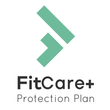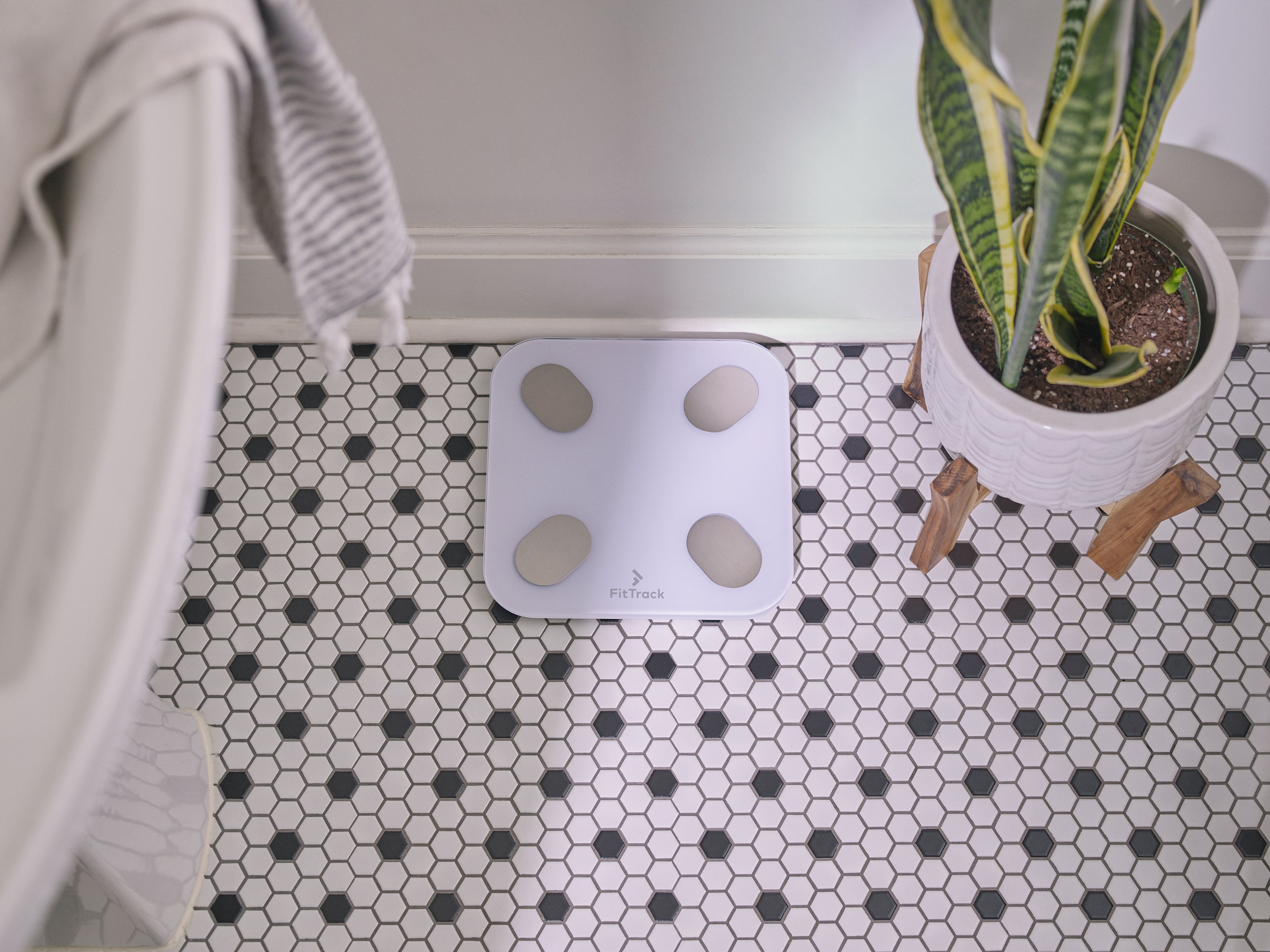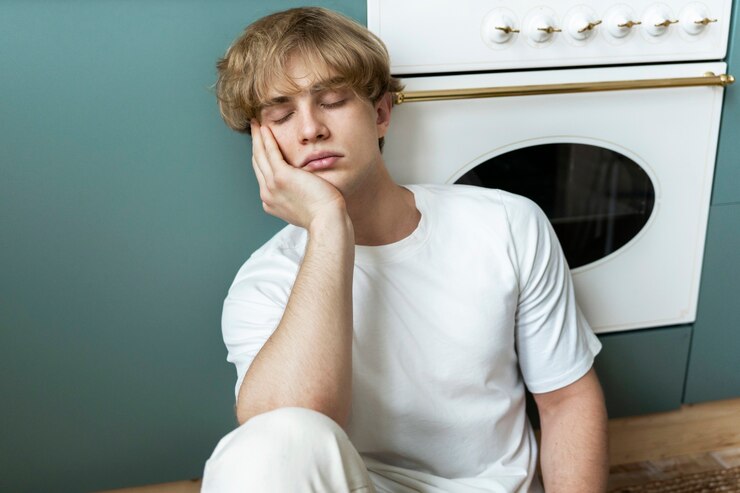Did you know what Einstein, Churchill, Dali, and Thomas Edison have in common?
They are considered "nappers." Are you?
Not all of us are made to sleep in only one part. Some would highly benefit from spreading sleep throughout the day. Basically, having the core sleep during the day, and then having 1-3 “power” naps during the day. This could result in higher energy levels & better sleep at night.
The DO’s of Power Napping
✔ All napping must be done before 5 p.m. or it will interfere with the nighttime sleep cycle.
✔ The nap should be a maximum of thirty minutes, just long enough to rejuvenate, but not so long that you slip into the deeper sleep cycle and wake even groggier than you were
✔ For best napping and to prevent sleeplessness at night, consider making the nap area different in some way. If you can nap in a reclining chair, for instance, it sets a different tone. If not, then use a small throw blanket during your nap time that will send the message to your brain that you are not going to "bed" at this time
✔ The ultimate in napping do's a beautiful, crisp day and a hammock. Even outside, the timing rule applies.
The DON’Ts of Power Napping
✗ Do not allow yourself to sleep for longer than half an hour. Set a timer or an alarm.
✗ Do not be shocked, if you cannot actually fall asleep the first few times, it is hard to allow yourself to sleep in the daytime especially if you are a busy adult.
✗ Do not make a big production of the nap nor should you actually get into your bed, under the covers. Make sure that your body and brain know that this is a separate concept from actual sleep.
✗ Do not nap after around 3 pm, maybe 5 pm, at the very latest. If you sleep later than that it will mess with your body's internal clock and make for more trouble falling asleep later.
✗ Do not try to nap after a huge meal. Just as eating too late at night may cause trouble for you when you are trying to sleep at night, a nap may not work for you if you have just eaten a huge meal.







